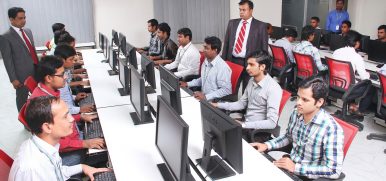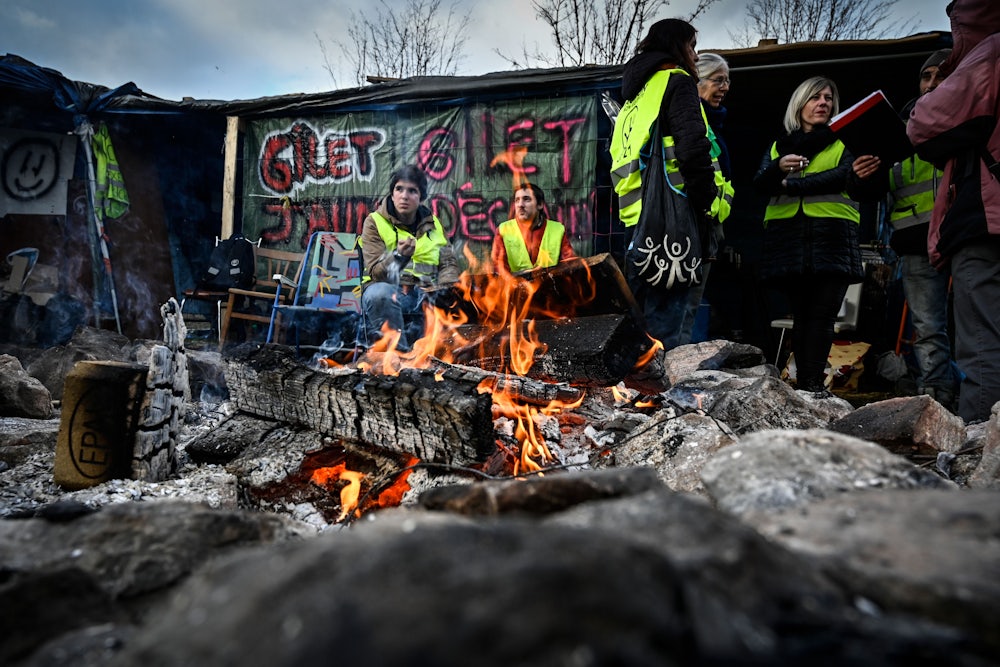By Ankit Panda
 On Monday, Ibrahim “Ibu” Mohamed Solih, the new president of the Maldives, met Indian Prime Minister Narendra Modi and other top Indian officials in his first overseas trip since assuming the presidency. Solih’s trip to India marks the beginning of a recalibration in the Maldives’ foreign policy back toward New Delhi, its closest historical partner, after a swing away from India during the tenure of former President Abdulla Yameen.
On Monday, Ibrahim “Ibu” Mohamed Solih, the new president of the Maldives, met Indian Prime Minister Narendra Modi and other top Indian officials in his first overseas trip since assuming the presidency. Solih’s trip to India marks the beginning of a recalibration in the Maldives’ foreign policy back toward New Delhi, its closest historical partner, after a swing away from India during the tenure of former President Abdulla Yameen.
Yameen’s remarkable defeat in the September elections this year marked a moment of political transition in the Maldives, which had veered away from democracy and toward authoritarianism under his leadership. Yameen had also pivoted the Maldives toward China; in December 2017, the two countries concluded a free trade agreement and Malé took on considerable Chinese financing for infrastructure projects.



















